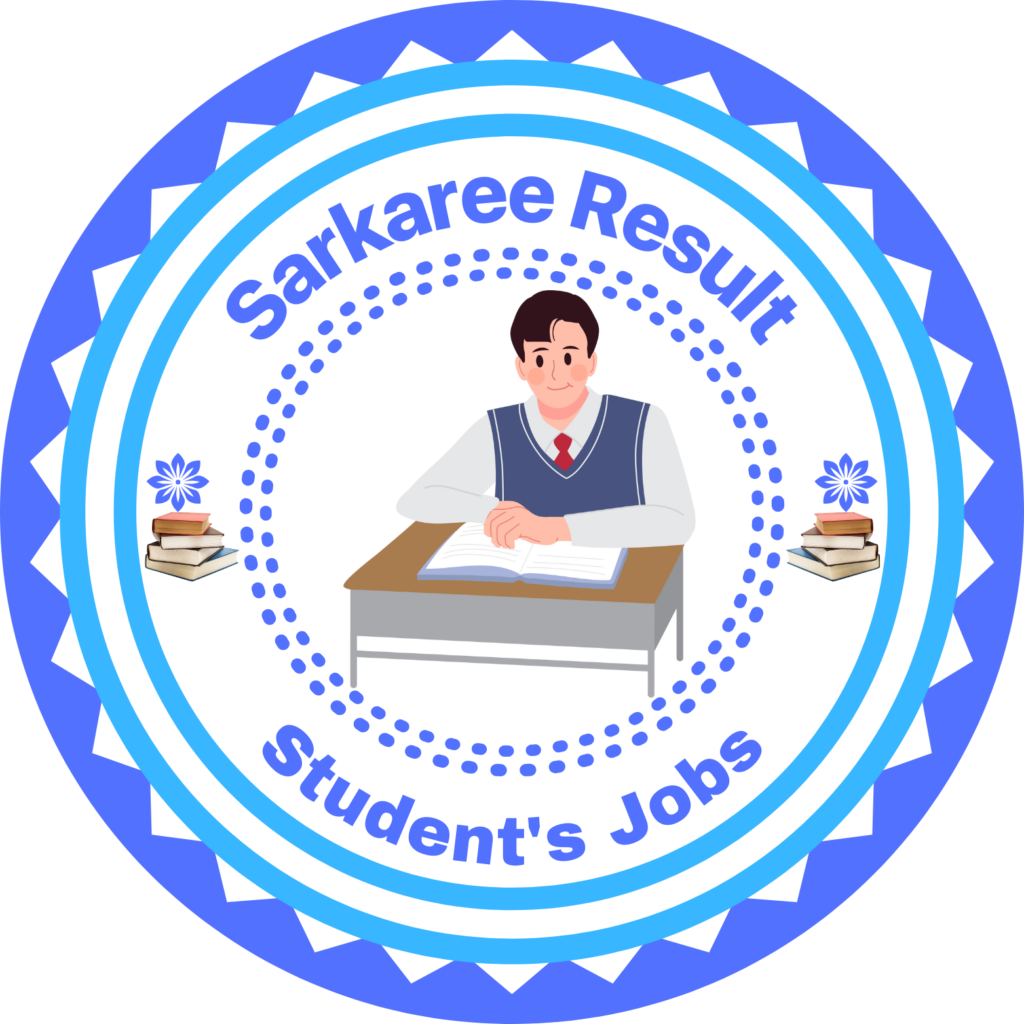SSC Stenographer Syllabus 2024 Examination Details
SSC Recruitment Examination Details and Guidelines
The document provides a comprehensive guide for candidates appearing in the SSC (Staff Selection Commission) recruitment examination. It includes information about examination centers, the scheme of examination, and important guidelines for candidates.
| Staff Selection Commission (SSC) SSC Stenographer Grade C / D Recruitment 2024SSC Steno 2024 Exam : Short Details of Notification www.sarkareeresult.in | ||||||
| Important Dates Application Begin : 26/07/2024 Last Date for Apply Online : 17/08/2024 upto 11 PM only Pay Exam Fee Last Date : 18/08/2024 Correction Date : 27-28 August 2024CBT Exam Date: 10-11 December 2024 Skill Test Exam Date : As per Schedule | Application Fee General / OBC / EWS : 100/-SC / ST : 0/- (Nil) All Category Female : 0/- (Exempted) Correction Charge : 200/- First Time Correction Charge : 500/- Second Time Pay the Exam Fee Through Debit Card, Credit Card, Net Banking or E Challan Offline Fee Mode Only | |||||
1. Examination Centers:
Candidates can select up to three centers within the same region in their order of priority. The following regions are covered:
- Western Region (WR): Dadra and Nagar Haveli, Daman and Diu, Goa, Gujarat, and Maharashtra.
- Panaji (7801), Ahmedabad (7001), Rajkot (7006), Surat (7007), Vadodara (7002), Amravati (7201), Aurangabad (7202), Jalgaon (7214), Kolhapur (7203), Mumbai (7204), Nagpur (7205), Nanded (7206), Nashik (7207), Pune (7208).
2. Scheme of Examination:
The Computer-Based Examination (CBE) will have the following structure:
- Part I: General Intelligence & Reasoning – 50 Questions (50 Marks)
- Part II: General Awareness – 50 Questions (50 Marks)
- Part III: English Language & Comprehension – 100 Questions (100 Marks)
- Total Duration: 2 hours (2 hours and 40 minutes for eligible candidates using a scribe).
Part I: General Intelligence & Reasoning
This section assesses the candidate’s logical thinking and problem-solving abilities. It includes both verbal and non-verbal questions, covering the following topics:
- Analogies: Understanding the relationship between pairs of words or concepts.
- Similarities and Differences: Comparing objects or concepts to find commonalities or differences.
- Space Visualization: Ability to visualize objects in three-dimensional space.
- Problem Solving: Solving problems using logical reasoning.
- Analysis: Breaking down complex information into simpler parts.
- Judgment: Making reasoned decisions based on given information.
- Decision Making: Selecting the best option among available choices.
- Visual Memory: Recalling visual information accurately after viewing it.
- Discriminating Observation: Distinguishing between relevant and irrelevant information.
- Relationship Concepts: Understanding and analyzing the relationship between various objects or ideas.
- Arithmetical Reasoning: Solving mathematical problems using basic arithmetic operations.
- Verbal and Figure Classification: Classifying words or figures based on common characteristics.
- Arithmetical Number Series: Identifying patterns in sequences of numbers.
- Non-Verbal Series: Recognizing patterns in sequences of figures or symbols.
- Abstract Ideas and Symbols: Understanding complex ideas represented through symbols.
- Arithmetical Computation: Performing basic arithmetic operations quickly and accurately.
- Analytical Functions: Analyzing and solving problems that require an understanding of functions and relationships.
Part II: General Awareness
This section tests the candidate’s awareness of their environment and its application to society. It covers:
- Current Events: Knowledge of recent events and happenings around the world.
- India and Neighboring Countries: Geography, politics, culture, and history of India and neighboring countries.
- Sports: General knowledge of sports events, players, and terminology.
- History: Important historical events, movements, and leaders from India and around the world.
- Culture: Awareness of cultural practices, festivals, traditions, and the arts.
- Geography: Physical and political geography, including locations of rivers, mountains, and other geographical features.
- Economic Scene: Basic concepts in economics, including policies, developments, and general terms.
- General Polity, including Indian Constitution: Knowledge of the Indian political system, Constitution, and governance structure.
- Scientific Research: Awareness of recent scientific developments and general concepts in various sciences.
Part III: English Language & Comprehension
This section assesses the candidate’s proficiency in English, covering:
- Vocabulary: Understanding word meanings, synonyms, and antonyms.
- Grammar: Knowledge of English grammar rules, including parts of speech, tenses, and punctuation.
- Sentence Structure: Constructing and identifying correct sentences.
- Synonyms and Antonyms: Recognizing words with similar or opposite meanings.
- Correct Usage of English: Proper usage of words and phrases in different contexts.
- Comprehension: Understanding and interpreting written texts.
- Writing Ability: Expressing thoughts clearly and effectively in written English.
Visual Impairment (VH) Candidates (40% and above visual disability)
For candidates with 40% or above visual disability, the following adjustments are made:
- Exclusions in General Intelligence & Reasoning/General Awareness: No questions involving:
- Maps
- Graphs
- Diagrams
- Statistical Data
These accommodations are made to ensure accessibility for visually impaired candidates.
| Some Useful Important Links | |
| Download Exam Notice | Click Here |
| For Correction / Edit Form | Click Here |
| Apply Online | Click Here |
| Official Website | SSC Official Website |

Pingback: UPPSC Staff Nurse Answer Key 2024: Download Now